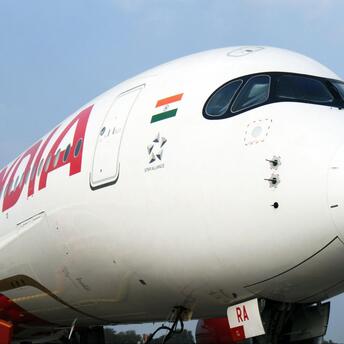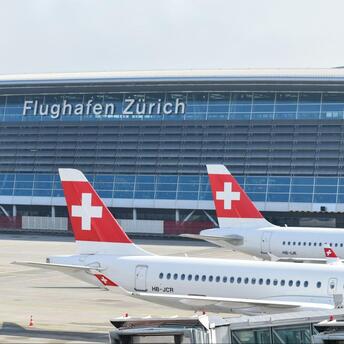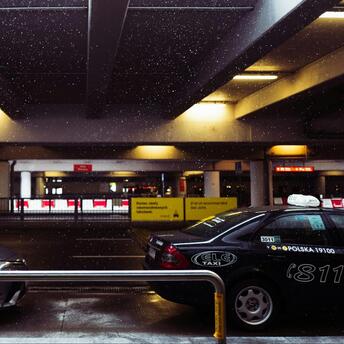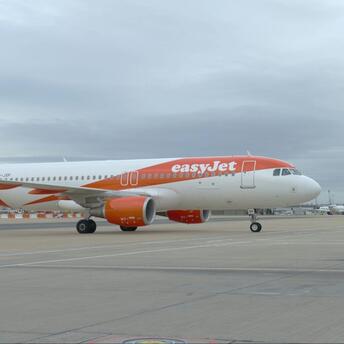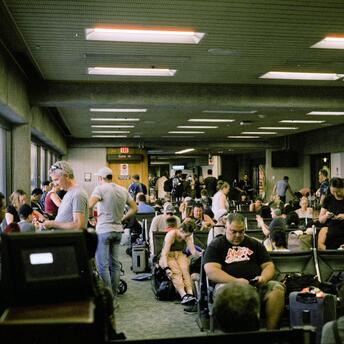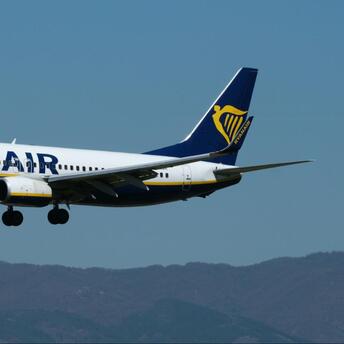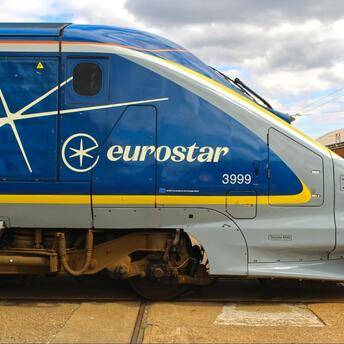The Story Behind Heathrow's Name Change

In 1966, London's main airport underwent a significant transformation, changing its name from London Airport to Heathrow Airport. This renaming, which occurred two decades after the airport's establishment, was essential for distinguishing it from other airports in the rapidly expanding aviation industry.
Originally established in 1946, London Airport had its beginnings on a site that once hosted a private airfield operated by Fairey Aviation since 1929. Known as the Great West Aerodrome, this airfield was situated near a small hamlet called Heath Row, which was demolished in 1944 for airport expansion.
Before adopting the name Heathrow, the airport nearly became known as Swintonfield, after Lord Swinton, the first Minister of Civil Aviation. However, concerns about pronunciation difficulties for foreign visitors led to the selection of "Heathrow," which references the old hamlet.
After World War II, London Airport quickly grew, handling millions of passengers by the 1960s. The main airport at the time was Croydon, but it couldn't accommodate post-war aircraft or expand sufficiently. Therefore, London Airport was designated as the capital's primary airport, leading to extensive expansion, including three new terminals by 1969.
The advent of Gatwick Airport in 1958 further emphasized the need for a distinctive name. With air travel booming, a less generic name was necessary. The choice of "Heathrow" helped differentiate it from Gatwick and tied it to the site's historical roots.
Interestingly, the name "Heathrow" almost changed again in the 1990s when Prime Minister John Major considered renaming it after Sir Winston Churchill. This proposal never materialized, and Heathrow has retained its name for over half a century.
Today, Heathrow Airport is a powerhouse in global aviation, ranking as the busiest airport in Europe by passenger volume and the fourth busiest worldwide. It continues to be a hub for international travel and a popular spot for aviation enthusiasts.




